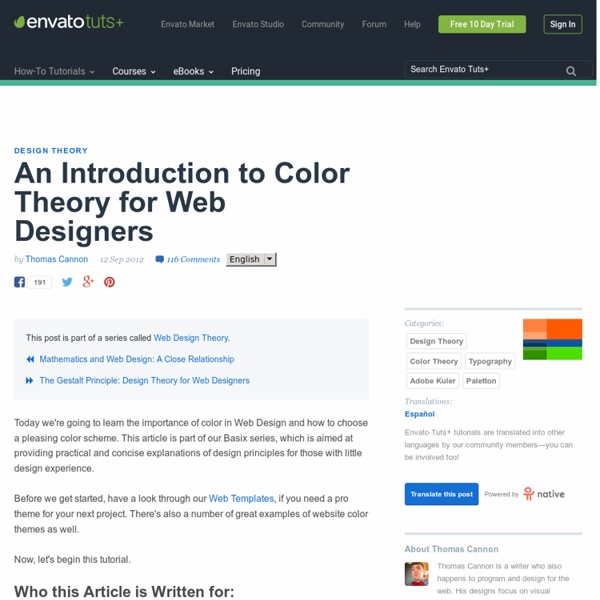



50+ Free Map and Navigation PSD Designs (Google Map, Pins, Markers) When it comes to Image editing or photo enhancement, Adobe Photoshop is usually the primary option to consider. However, the software package itself is a quite hard to learn — and extremely hard to master. And of course, Not all design lovers are web designers. You can find numerous amount of free design stuff online. In this compilation below, you’ll find some of the best Free downloadable Map and Navigation PSDs which might handy for your design projects. Map and Navigation Related PSDs Google Maps UI Controls Map Pins & Tooltips 3D Map Pack Map Controls Google Map UI Kit Colorful Map Tags Map Pop Up Google Maps UI Kit Map Pin User Bubble Google Maps Bubble Clean Crisp Map Tooltip Pins Set Map, Pin & Tooltip Map Overlay Graphic World Map Set with Pins Map UI Mobile Map UI Road Map Classy Custom Gmaps Tooltip Overlay World Map & Pin Map Markers Map icon Map (FPEW) World map Map Complex Map Pop Up Window Pixel World Maps Pixel World Maps 2 Dotted world map Pins, Markers, and Navigation Icons PSDs Map Pins Free
Color Wheel Pro: Classic Color Schemes Monochromatic color scheme The monochromatic color scheme uses variations in lightness and saturation of a single color. This scheme looks clean and elegant. Monochromatic colors go well together, producing a soothing effect. The monochromatic scheme is very easy on the eyes, especially with blue or green hues. Analogous color scheme The analogous color scheme uses colors that are adjacent to each other on the color wheel. Complementary color scheme The complementary color scheme is made of two colors that are opposite each other on the color wheel. When using the complementary scheme, it is important to choose a dominant color and use its complementary color for accents. Split complementary color scheme The split complementary scheme is a variation of the standard complementary scheme. Triadic color scheme The triadic color scheme uses three colors equally spaced around the color wheel. Tetradic (double complementary) color scheme Related topics: Color Theory Basics Visual vs.
Designing a Color Graphics Page (Checklist) Step 3: Design perceptual layers Now that we understand the data to be displayed we're ready to design graphics that support our users' tasks. Contrast Polarity. The first graphics choice is the contrast polarity--will the display be "radar-like" (bright symbols on dark backgrounds) or "map-like" (dark symbols on light backgrounds). Both have been successful in various applications; both have pros and cons. More on Choosing Background Colors. Build the Perceptual Hierarchy--Managing Attention. Salience can be manipulated by adjusting luminance contrast, symbol/font size, line weight, flashing, and auditory alerts. More on Creating Perceptual Layers. Step 4: Decide where chromatic color will be used and why In this step we are not yet choosing the labeling colors. Step 5: Choose colors With the first iteration of planning done we're now ready to choose specific colors. Constraints. Cultural constraints. Step 6: Solve problems Return to "Perceptual Hierarchy" Step. Other Related Topics: